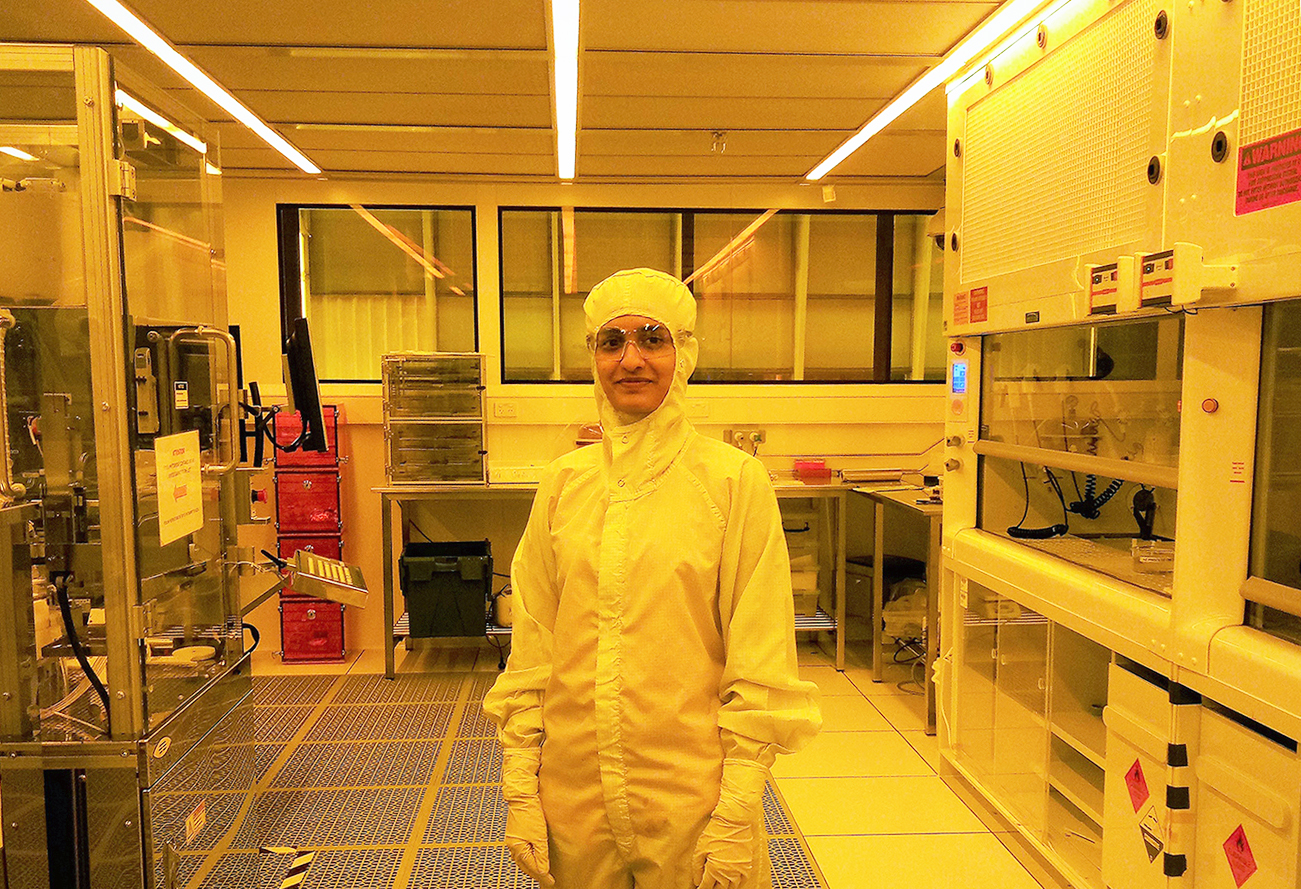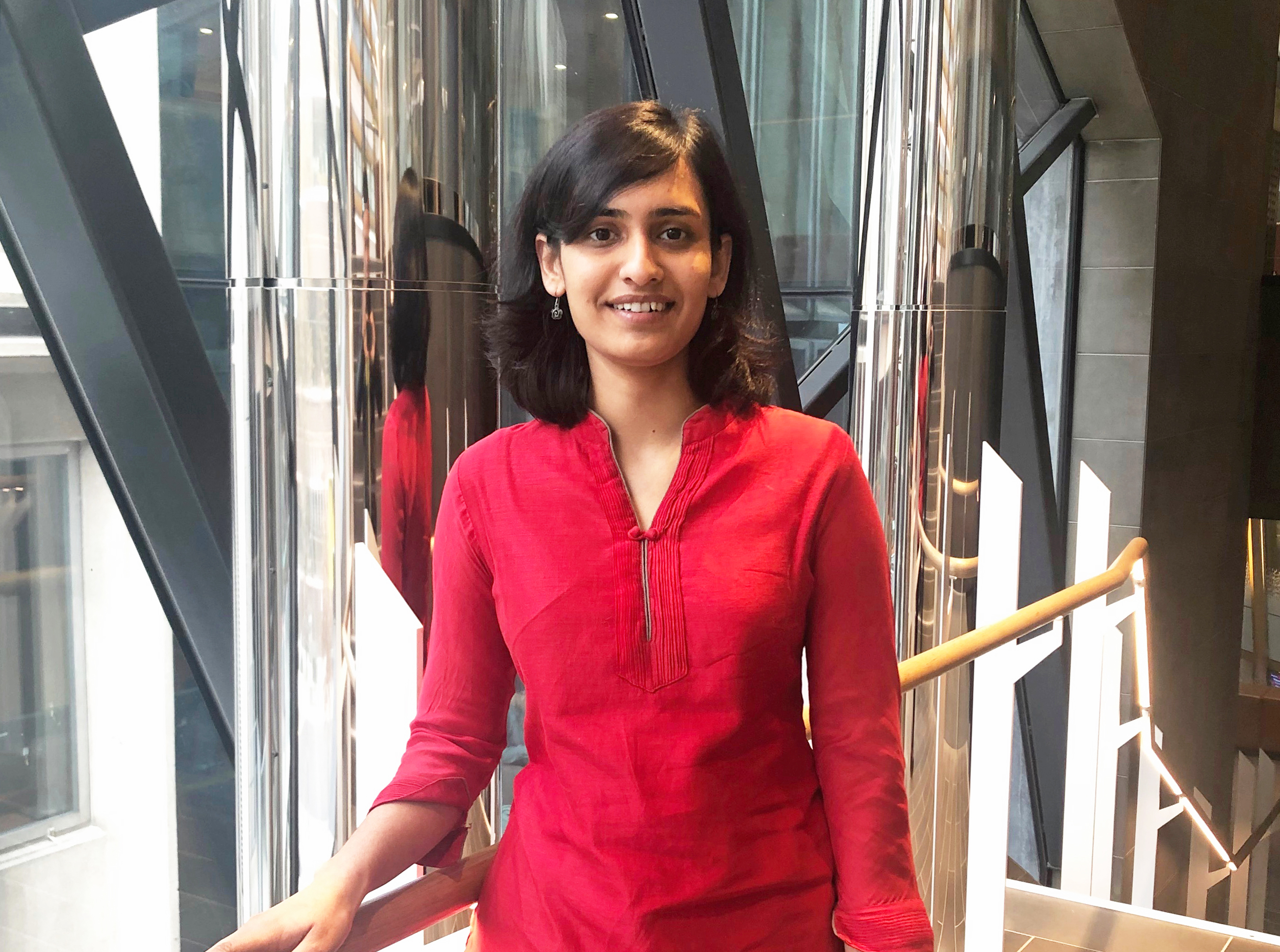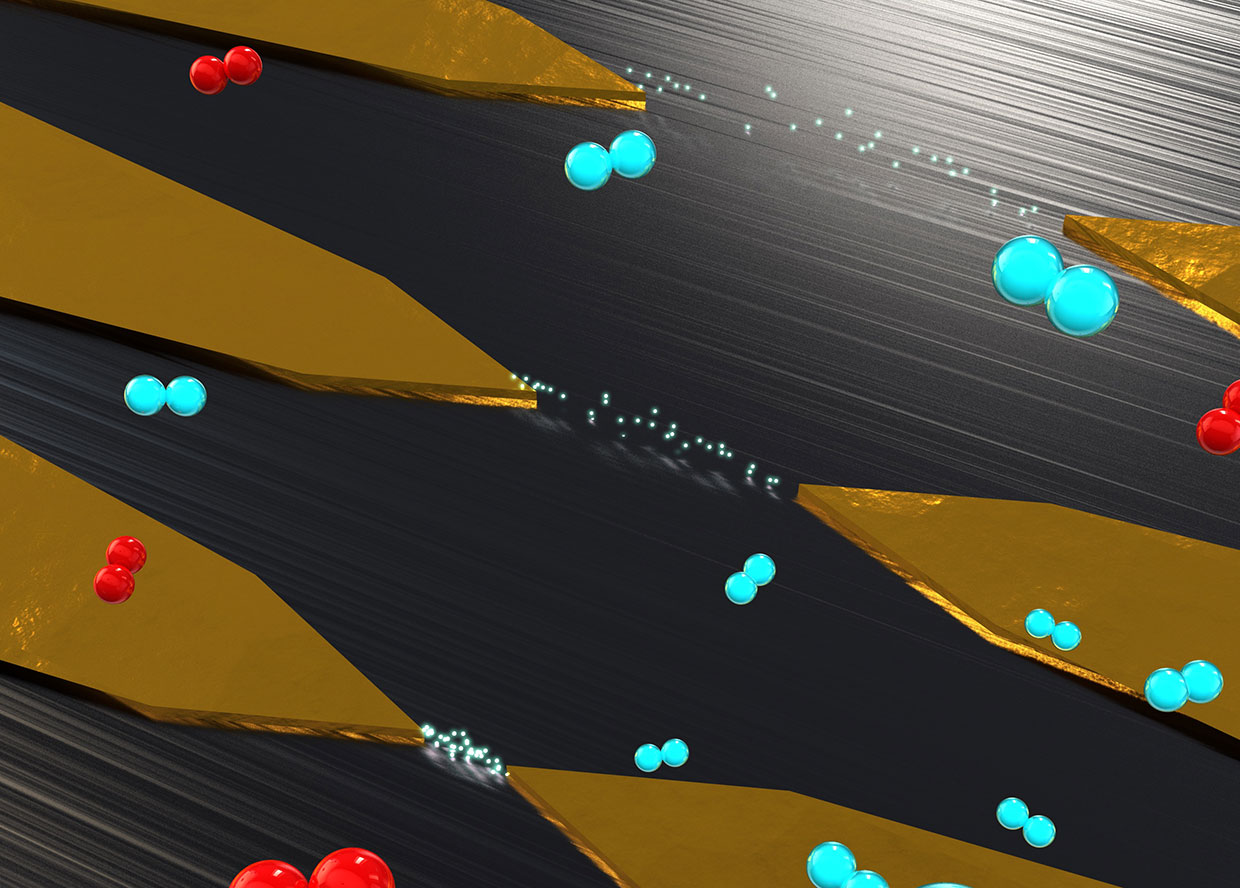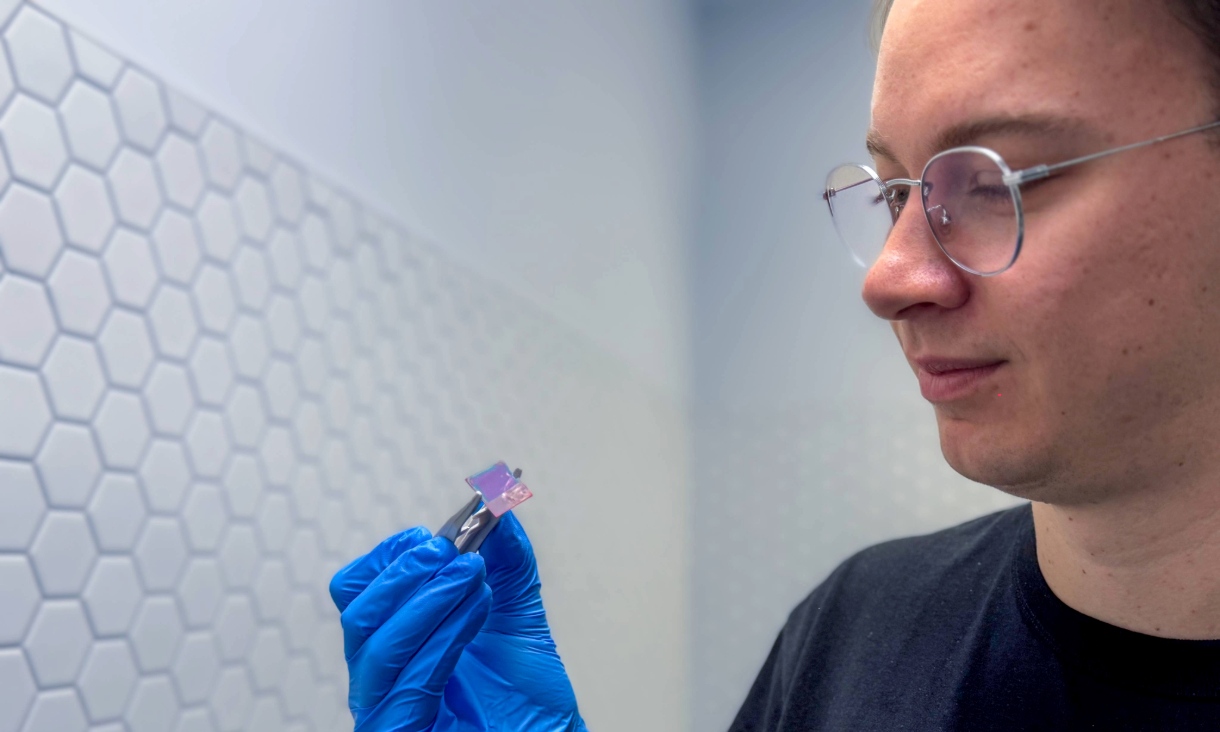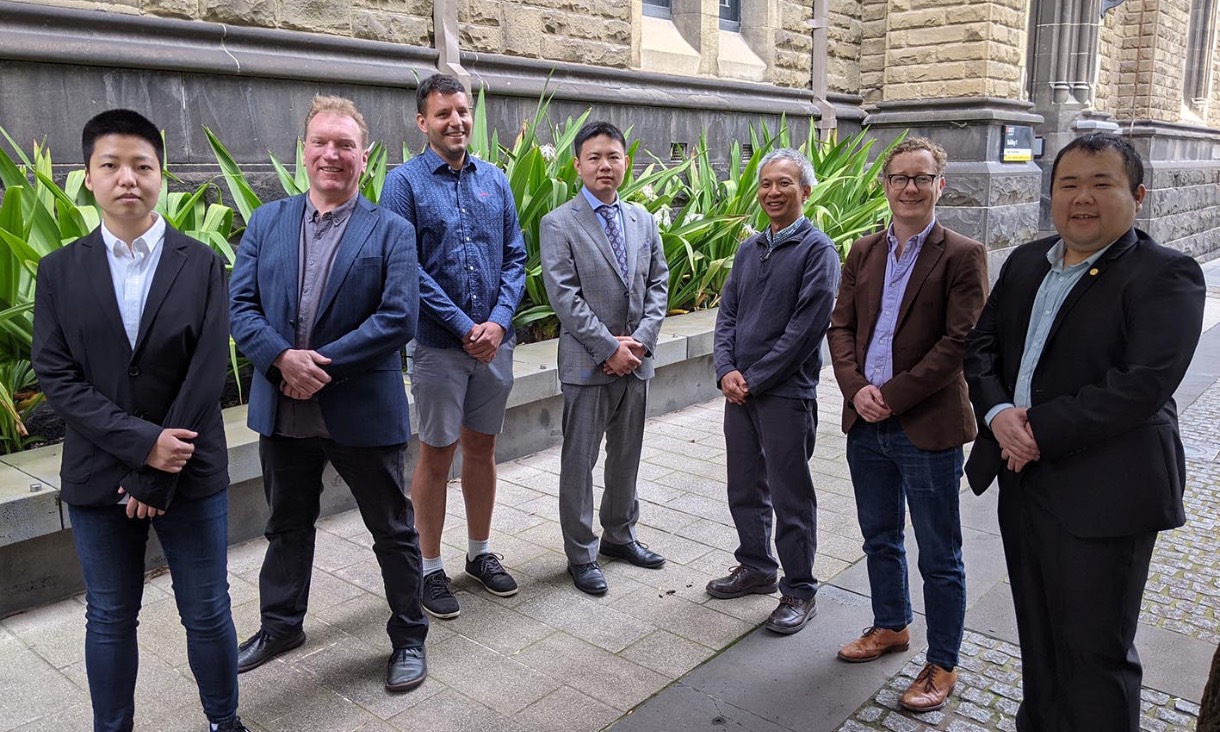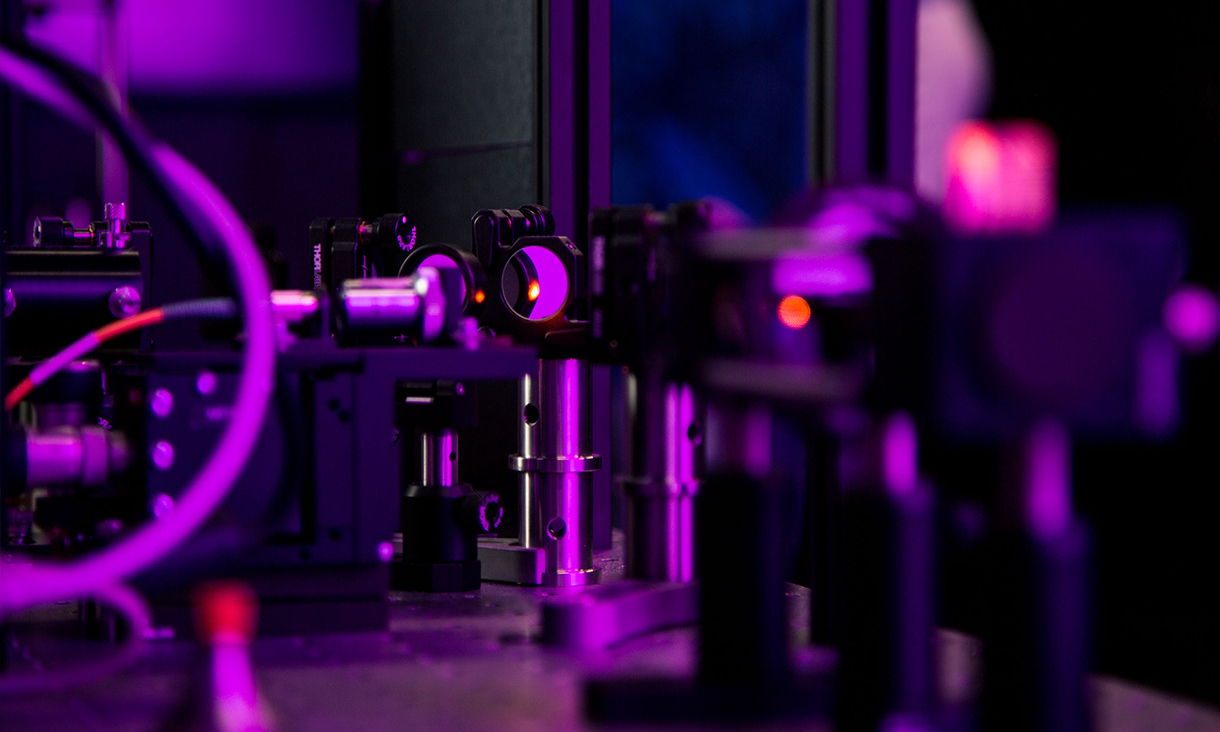Protecting computer memories
Other research by Nirantar is harnessing new materials to increase data storage capacity and power efficiency.
“Memory chips often leak electricity, which can change the stored data and give false output,” she says.
“Further, this leakage is the main cause of heat generation in computer data centres, which in turn is a rapidly-growing contributor to global warming.”
By adding a thin coating of vanadium oxide to memory chips, Nirantar has found a ways to better guide the electric current and avoid leakages, therefore solving the false data output and overheating problems.
The secret to her success?
The star PhD candidate says the award is yet another encouragement for her to keep doing the work she loves and to contribute to the amazing track record of her research group.
Nirantar is part of RMIT’s Functional Materials and Microsystems Research Group, which has now had someone named in the annual Engineers Australia top 30 innovators awards for four years running.
She puts her success down to making the right study choices and working alongside the right people.
“I chose to work on what interests me the most, which really helps,” she says.
“Then positive thinking, smart working, and just keep doing what you can do when things are not working in your favour all eventually pay off.”
“But of course, it’s also thanks to the people around me: research is a real team effort and none of this would have been possible without my supervisors.”
Nirantar is supervised by Professor Sharath Sriram, Professor Madhu Bhaskaran and Dr Sumeet Walia, who are also the three previous winners of this award from the group in the past three years.
This year, RMIT University biomedical engineer Associate Professor Kate Fox was also named amongst the top 30 most innovative engineers by Engineers Australia.
Her research produced world-first, 3D-printed diamond medical implants.
Also making this year's list was former RMIT University and Functional Materials and Microsystems Research Group PhD candidate, and now University of Melbourne researcher, Dr Mohammad Taha, whose research produced smart window coatings.
Story: Michael Quin
